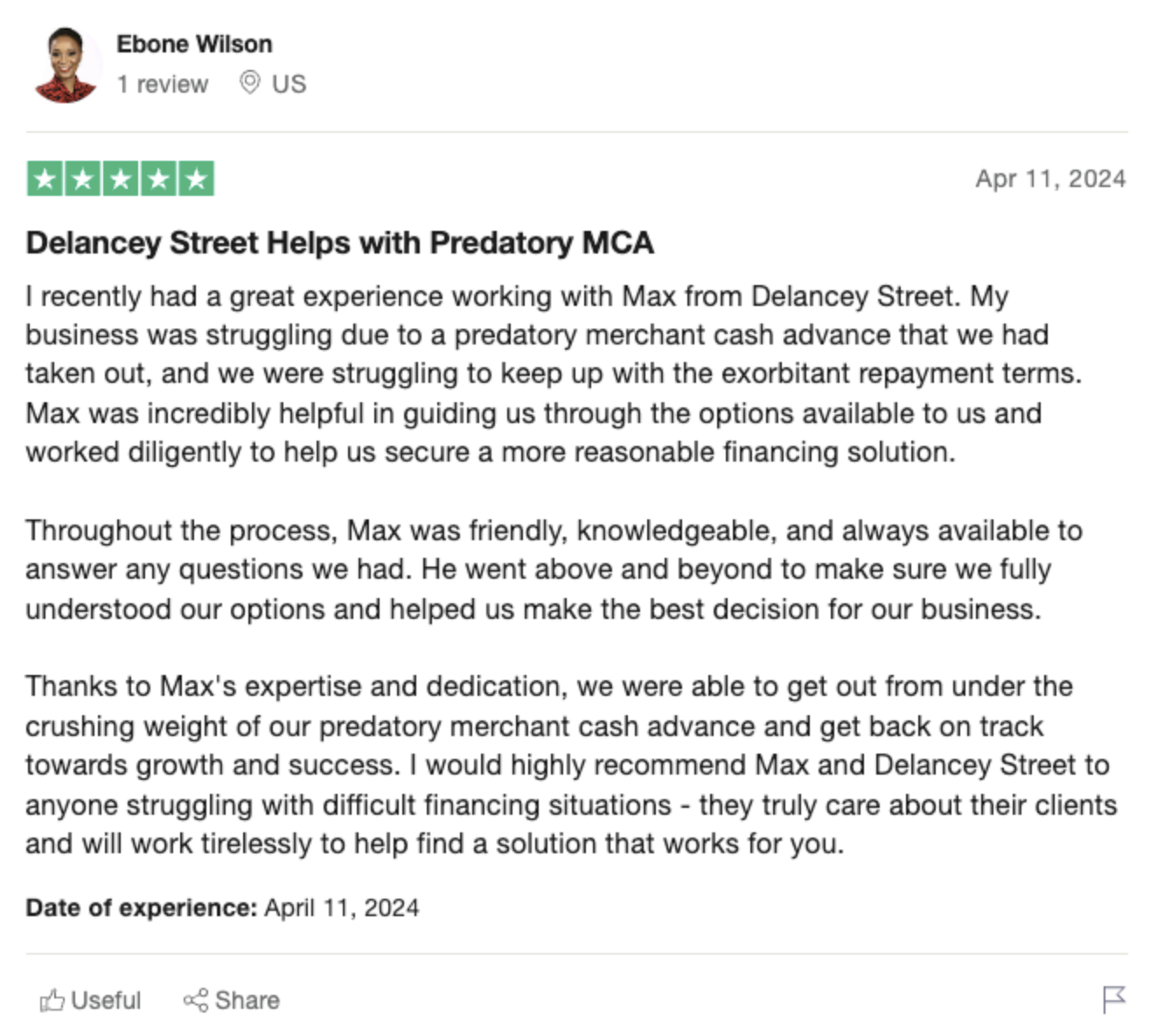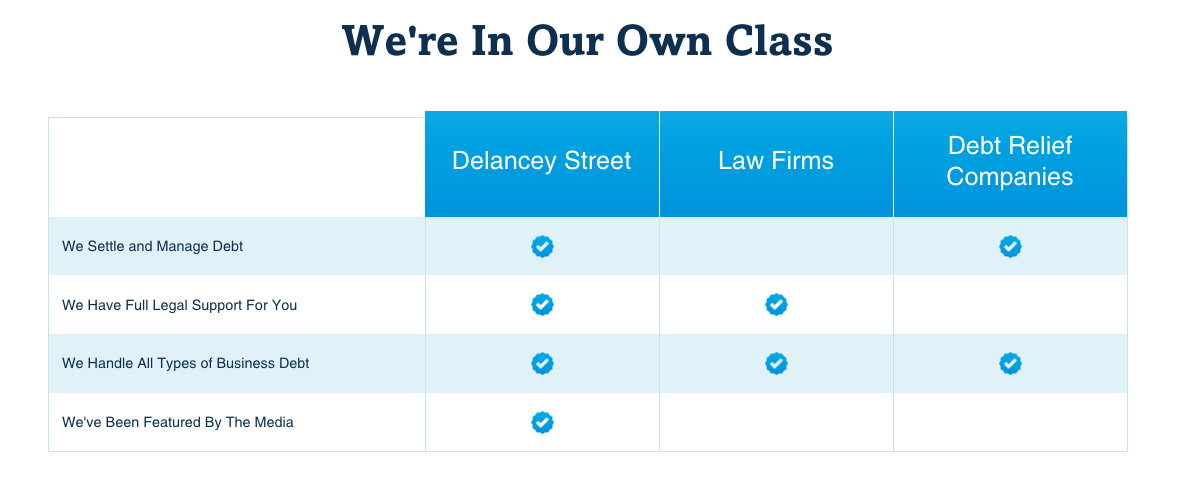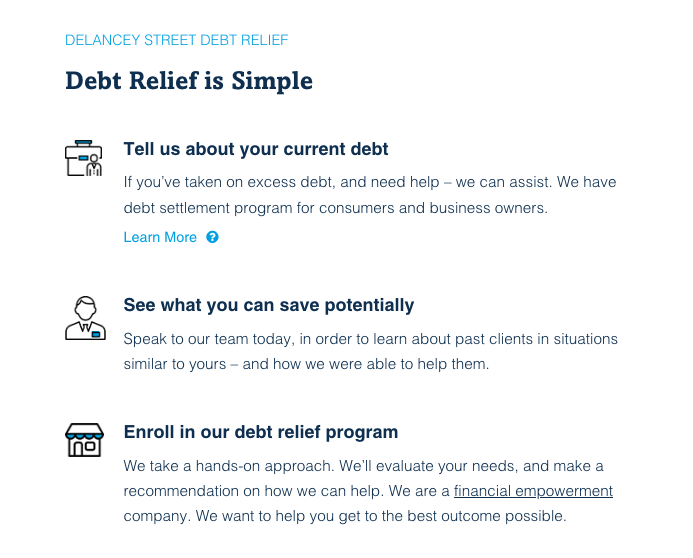The Risks of Taking on Too Much Business Debt
Taking on debt to grow a business can be tempting, but too much debt also comes with significant risks. Understanding these risks and finding the right balance is key for any entrepreneur.
Why Businesses Take on Debt
There are a few main reasons businesses take on debt:
 -
-- Invest in growth – Debt can be used to invest in things like new equipment, expanding facilities, hiring more staff, research and development, etc. This allows businesses to grow faster than relying on cash from operations alone.
- Smooth out cash flow – Using lines of credit and credit cards can help businesses cover costs when cash is tight before new revenue comes in. This helps avoid falling behind on things like payroll or vendor payments during seasonal dips.
- Emergency expenses – Having some debt capacity gives businesses access to funds to handle unexpected costs like repairs or lawsuits.
However, there are diminishing returns and higher risks with excessive debt levels.
Risks of Too Much Debt
Some key risks of having too high a debt load on a business include:
- Cash flow issues – Money that could be used for growth or operations instead gets used to service debt costs. As debt levels rise, the business is more vulnerable if revenues decline.
- Inflexibility – Highly leveraged businesses have less ability to respond to changing market conditions or invest in new opportunities. Much of their cash gets earmarked for creditors.
- High interest costs – Heavily indebted companies often have higher borrowing rates because lenders view them as riskier. Less profit is left over after covering these financing expenses.
- Bankruptcy risk – Excess leverage leaves little margin for error. Even temporary dips in sales or profits could mean missing loan payments, causing defaults and potential bankruptcy.
According to research from the SBA, overleveraged businesses are nearly 3 times more likely to fail than those with low or no debt.
Warning Signs You Have Too Much Debt
Watch for these common signs that debt may be reaching unsafe levels:
 -
-- Debt payments exceed net profits
- Missing payments or relying on new debt to pay existing creditors
- Debt to equity ratio over 3:1
- Denied for financing due to already high leverage
- Minimal cash reserves relative to monthly fixed costs
- Taking on very short term or high cost debt just to stay afloat
If several of these apply, it’s time to focus on strengthening the balance sheet.
Strategies to Reduce Business Debt Burden
If you find your business has too much debt relative to its cash flow, here are some turnaround tactics:
- Pay down highest cost debt first – Focus any extra cash on balances with the highest interest rates.
- Renegotiate terms – Talk to lenders about extending payment schedules or lowering interest rates. Offer added collateral if possible.
- Bring in equity – Issuing stock or bringing on investors reduces reliance on borrowed money.
- Sell off underperforming assets – Divest parts of the business that aren’t contributing much revenue.
- Austerity measures – Review budgets for any non-essential expenses that can be cut back temporarily.
While deleveraging can be painful in the short term, it helps stabilize finances and prevents potentially worse scenarios like insolvency or foreclosure down the road.The key is being proactive about debt reduction before it reaches unmanageable levels. Monitoring leverage ratios and having contingency plans helps avoid getting overextended.
Finding the Right Debt Balance
So how much debt should a business take on? The appropriate amount can vary substantially depending on factors like:
- Industry dynamics – Most tech startups require more leverage than a local retail store. And industrial companies can sustain more debt than consulting firms.
- Profit margins – Businesses with higher margins have more room to safely take on debt.
- Asset mix – Capital intensive operations tend to have higher borrowing capacity.
- Growth stage – Early phase businesses should limit leverage until they establish consistent cash flow.
As a general guideline, many financial experts recommend limiting debt to no more than 3-4 times operating cash flow. And no more than about a third of the company’s total capital structure should be debt financing.
 -
-Managing Cash Flow and Risk
More than the total debt amount, understanding cash flow is vital when taking on financing:
- Do cash flow projections – Forecast at least 6 months out to see that income exceeds carrying costs of debt.
- Stress test assumptions – Model worst and most likely case scenarios to ensure adequate reserves.
- Match financing term to use – Don’t use short-term loans to invest in long term assets.
- Have a risk management plan – Identify top threats and have playbooks ready to mitigate.
Maintaining reasonable leverage aligned with your operations and risk tolerance helps optimize growth potential while avoiding financial peril.
When to Seek Expert Advice
If your business is struggling with potentially excessive debt, meeting with a financing expert can help assess your specific situation.They can review your capital structure, projected cash flows, and risk factors. This allows creating a customized debt reduction or restructuring plan.Reaching out for professional advice sooner than later gives more options to stabilize the situation.
 -
-Conclusion
For most businesses, having some debt on the balance sheet is normal and often beneficial. It provides financial flexibility to handle uneven cash flows while investing in expansion.However, becoming overleveraged puts companies in a dangerous place. Even temporary dips in income or unforeseen costs can mean missing loan payments.By keeping debt at reasonable levels matched to cash flow, building in reserves, and having contingency plans, businesses can balance risk and return.Getting help from financing advisors and potentially restructuring obligations before they become unmanageable is key to turning around overburdened operations.With prudent leverage management, companies can fund growth ambitions without jeopardizing long term viability.







